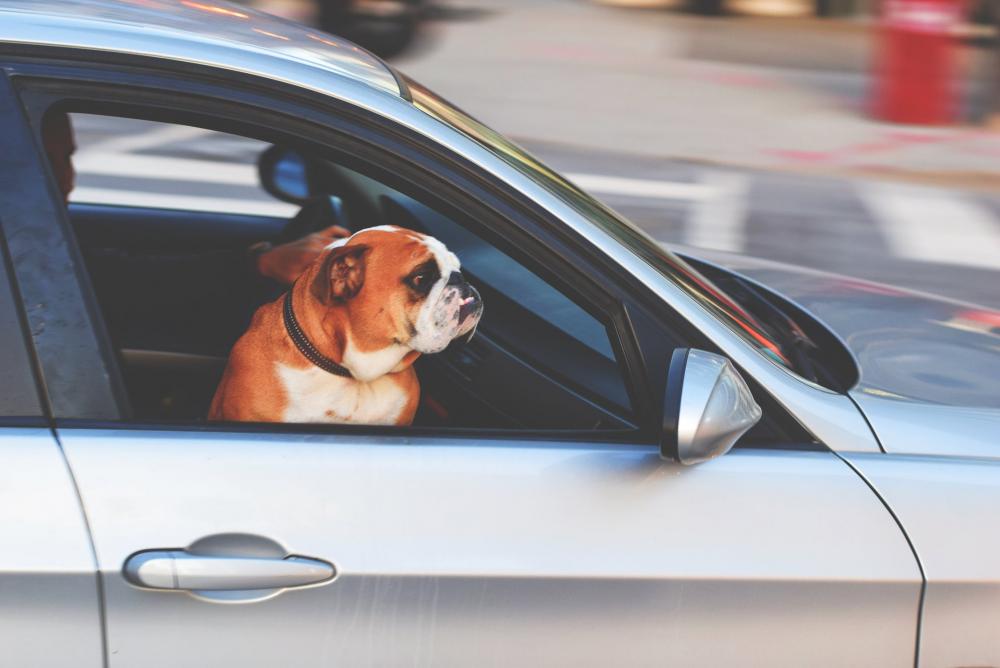Which forms of transport are best for pets?
For you, pets might be a valued part of your family, so you want to make sure they’re treated right. For example, the RSPCA noted that 19% of dog owners take man’s best friend with them on holiday, so it’s important to plan their journey ahead of time.
In Sydney, there are various rules that explore the transportation and safety of pets on public transport. These refer purely to regular pets, as all guidance/assistance animals are accepted on public transport, provided you have an Assistance Animal Permit from the Transport Concessions Office.
No pets are allowed on Sydney Metro/Train or coach services, or at any of their stations. They are, however, available on bus, ferry and light rail services. For all services, you need to gain permission from either the driver or the crew.
If allowed, the pet must be restrained in a suitable box or container, not be placed on any seats, and must be kept clean and calm. The driver has final say on the admittance of the animal. Other states such as Victoria and South Australia are slightly more lenient with train travel, provided the animal is fitted with a muzzle or contained.
Traveling by car can be an entirely different story, as everyone’s car houses pets in different ways. There are still some important rules to cover, however, to ensure that your pets enjoy the trip as much as you do.
Before you leave you should keep the number for your vet and pet insurance handy, so they can be contacted in the event of an emergency. The animal should also be taken to the vet before the trip, so they can receive the necessary immunisations and treatments.
Dogs are legally required to be restrained with a dog seat belt or harness, while cats should be placed in a cat carrier. Air-con should be kept on to ensure your pet is kept cool and comfortable, or at least allow for adequate ventilation if this is not possible.
It’s a good idea to prepare some treats, toys and bottles of water for your pet while on your trip, in addition to having your leash handy if they need to go for a walk. Having a pooper-scooper and/or plastic bag ready to pick up any droppings is also recommended.
Plan ahead to allow for regular breaks and rest stops – at least every two hours or so - so that both you and your pet can get out and stretch. Make sure they are fitted with updated ID tags or are microchipped, so you can be contacted if they are lost.
Perhaps you can plan a stop ahead of time and allow your pet to let out some excitement. If you’re going through the city, find a fun area with Parkhound and you can rent out a one-time space for you to stretch your legs and have some fun with your pet.
If you intend on taking your furry friend with you on a plane – for a domestic flight, for example – check with the airline to ensure what their policies for animals are. Some may allow you to keep the animal in the cabin, while others may only allow you to store your pet in the cargo in a carry case.
As with all transportation, it’s important that you weigh up the pros and cons of any forms of travel so that you can keep your pets healthy and happy. Some pets may not take well to the movements and sounds of cars, trains and planes, so make sure to research what may be the best ways to transport your pet to your next destination.




0 Comments
Recommended Comments
There are no comments to display.